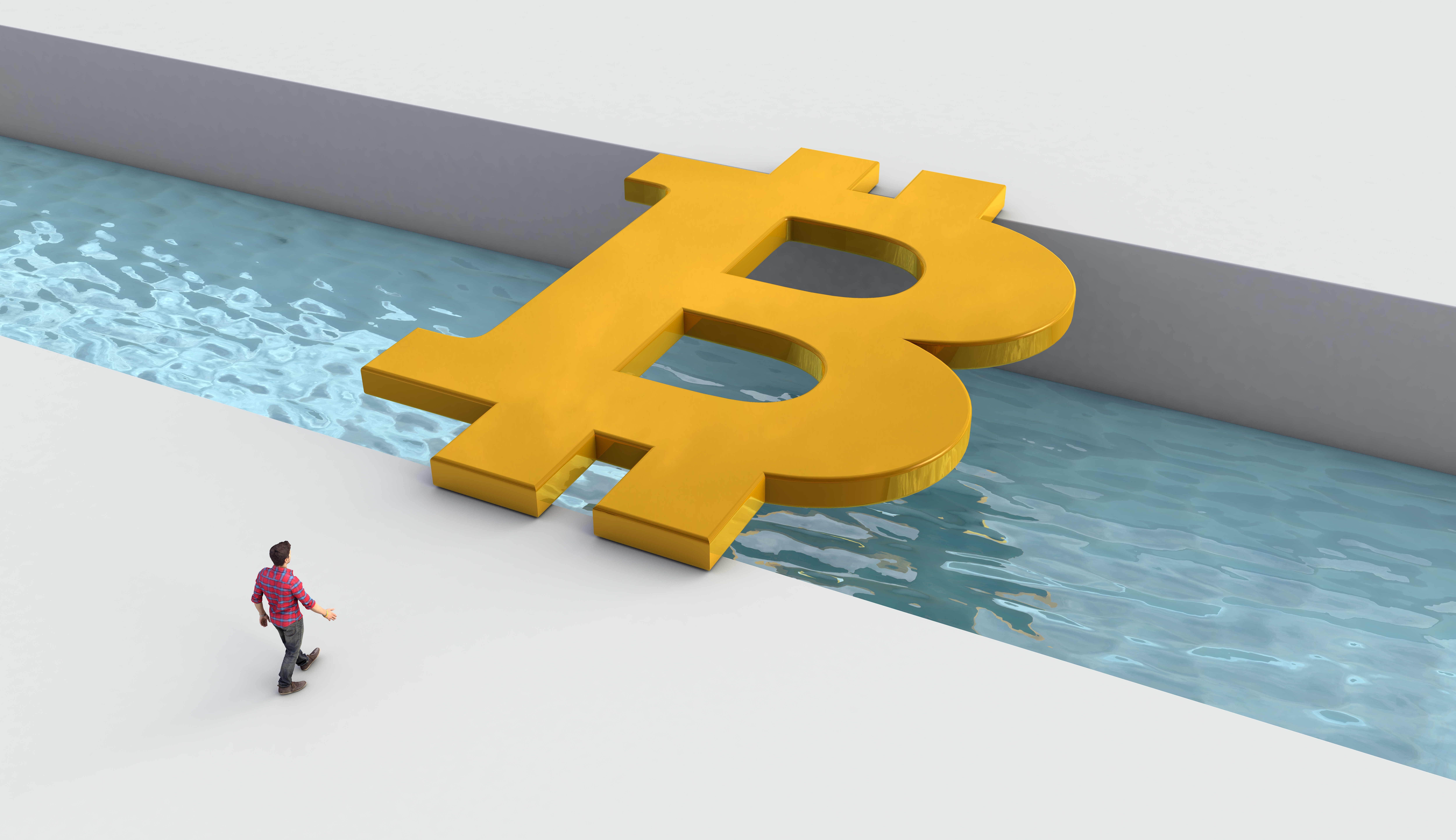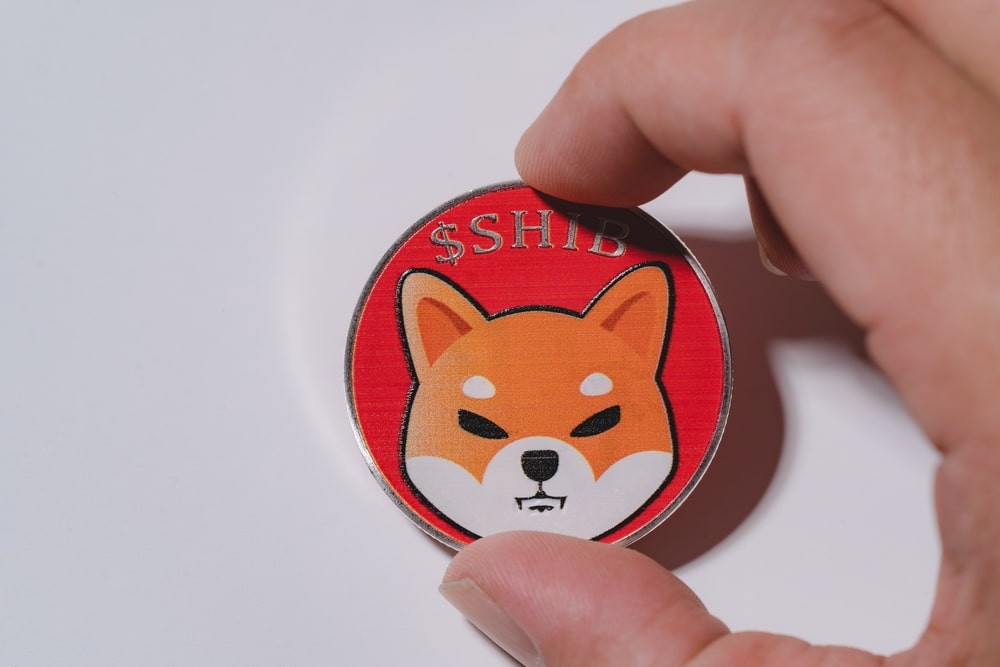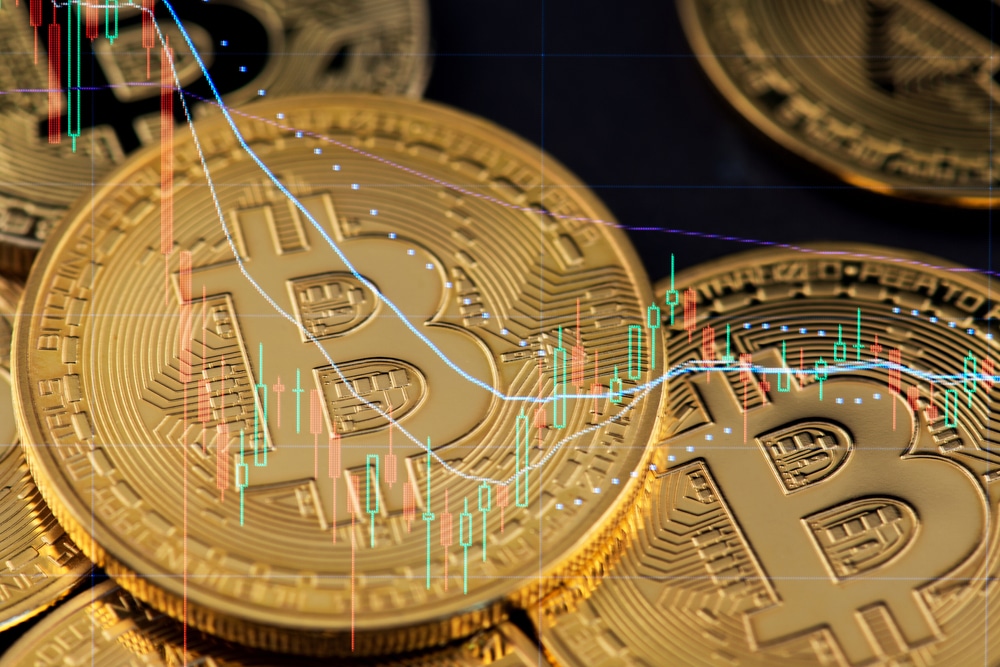What is a Rug Pull? How to Navigate and Protect Your Crypto

In the evolving landscape of the cryptocurrency sector, many individuals unfortunately fall prey to deceptive practices known as rug pull scams, leading to significant financial losses. This guide aims to provide a comprehensive understanding of rug pull scams and offers guidance on how to steer clear of them.
With the rapid growth of the cryptocurrency industry, there has been a parallel rise in various fraudulent activities. Analogous to the traditional world’s thefts and robberies, rug pull scams have become increasingly prevalent, causing distress among investors about the potential repercussions.
Understanding Rug Pull Scams
A rug pull scam is reminiscent of the metaphor “pulling the rug out from under someone.” In this context, it refers to a scenario where the initiators of a decentralized finance (DeFi) project abandon it after misappropriating the funds invested by backers. This is achieved by selling or acquiring all the cryptocurrency assets previously committed to a liquidity pool and secured in a smart contract.
Typically, these scams involve project developers enticing investors into a nascent cryptocurrency venture, stranding them with a devalued currency before the project reaches fruition. Such scams are particularly prevalent in DeFi projects that aim to revolutionize sectors like banking and insurance. The ease with which DeFi tokens can be generated and subsequently listed on decentralized exchanges, often without stringent identity verification, exacerbates this issue.
Creating a liquidity pool or an Initial DEX Offering (IDO) with minimal vetting poses substantial risks. Many cryptocurrency projects’ anonymity further facilitates these scams, allowing malicious actors to operate without revealing their identities.
Categories of Rug Pull Scams
Here are some common methodologies employed in rug pull scams:
- Liquidity Depletion: This involves the project’s creators or developers siphoning off all the assets from the liquidity pool, erasing the investment value and leading to a sharp drop in the currency’s price.
- Restrictive Selling: Here, developers code the tokens so only they can sell them. After attracting retail investors to purchase their new cryptocurrency using paired currencies, the developers offload their holdings once the price is favorable, leaving behind a devalued token.
- Massive Sell-offs: In this scenario, developers rapidly liquidate a large volume of their tokens, causing a sharp decline in their price. While it’s generally acceptable for developers to trade their cryptocurrency, excessive and rapid selling in the context of DeFi projects is often viewed skeptically and is termed as “dumping.”
Investors must remain vigilant and informed to safely navigate the complex world of cryptocurrency.
Distinguishing Between Hard and Soft Rug Pulls
Rug pulls in the cryptocurrency world can be categorized into hard and soft. Understanding the nuances between them is essential.
A hard rug pull is characterized by developers intentionally embedding hidden vulnerabilities into their tokens’ smart contracts. These vulnerabilities are designed from the outset with fraudulent intentions. The act of illicitly draining liquidity is also categorized under hard rug pulls.
On the other hand, a soft rug pull involves token developers rapidly liquidating their cryptocurrency holdings, resulting in a sharp decline in the token’s value for the remaining investors. While this act is ethically questionable, it may not be legally equivalent to the actions seen in hard rug pulls.
Identifying Rug Pull Indicators
To recognize potential rug pulls, one should consider the following:
- Researching the Project’s Background: Delving into the project’s team’s credentials and its white paper’s authenticity is imperative. A genuine project will be transparent about its team and objectives. Conversely, if the team remains elusive or anonymous, it raises concerns. A comprehensive white paper detailing the project’s goals and mechanisms also indicates a project’s legitimacy.
- Liquidity Concerns: A clear distinction between genuine and fraudulent projects can often be made by checking if the cryptocurrency’s liquidity is locked. Without this lock, there’s nothing stopping founders from manipulating the token supply.
- Restrictions on Selling: Scam projects might code their tokens to selectively restrict certain investors from selling, a clear warning sign.
- Price Volatility with Few Holders: Extreme price fluctuations in a newly launched coin, especially with a limited holder base, warrant caution. Lack of liquidity further amplifies the risk.
- Absence of Third-party Audits: Legitimate new cryptocurrencies typically undergo an external code review by a reputable entity. This audit should be verifiable.
- Reviewing On-chain Activities: Examining a cryptocurrency’s on-chain data, such as trading volume, liquidity, and the number of recognized DEXs, can offer insights. Projects with limited presence and activity are suspect.
Preventing Exposure to Rug Pulls
To safeguard oneself from potential rug pulls:
- Thoroughly vet the project and its team. Ensure the organization has a tangible presence and a verifiable address.
- Resist the urge to invest impulsively due to fear of missing out. Scammers often exploit this sentiment. Cross-reference any information with credible news sources and be wary of aggressive promotional campaigns. Genuine projects typically grow organically and gradually.
Conclusion
With its technological innovations and potential for wealth generation, the cryptocurrency sector has unfortunately attracted malicious actors. Rug pulls are deceptive, leading many investors to incur significant losses. It’s paramount for investors, particularly those in the crypto space, to be informed and vigilant, recognizing the signs of potential scams and taking measures to safeguard their investments.
DISCLAIMER: It's essential to understand that the content on this page is not meant to serve as, nor should it be construed as, advice in legal, tax, investment, financial, or any other professional context. You should only invest an amount that you are prepared to lose, and it's advisable to consult with an independent financial expert if you're uncertain. For additional details, please review the terms of service, as well as the help and support sections offered by the provider or promoter. While our website strives for precise and impartial journalism, please be aware that market conditions can shift unexpectedly and some (not all) of the posts on this website are paid or sponsored posts.









